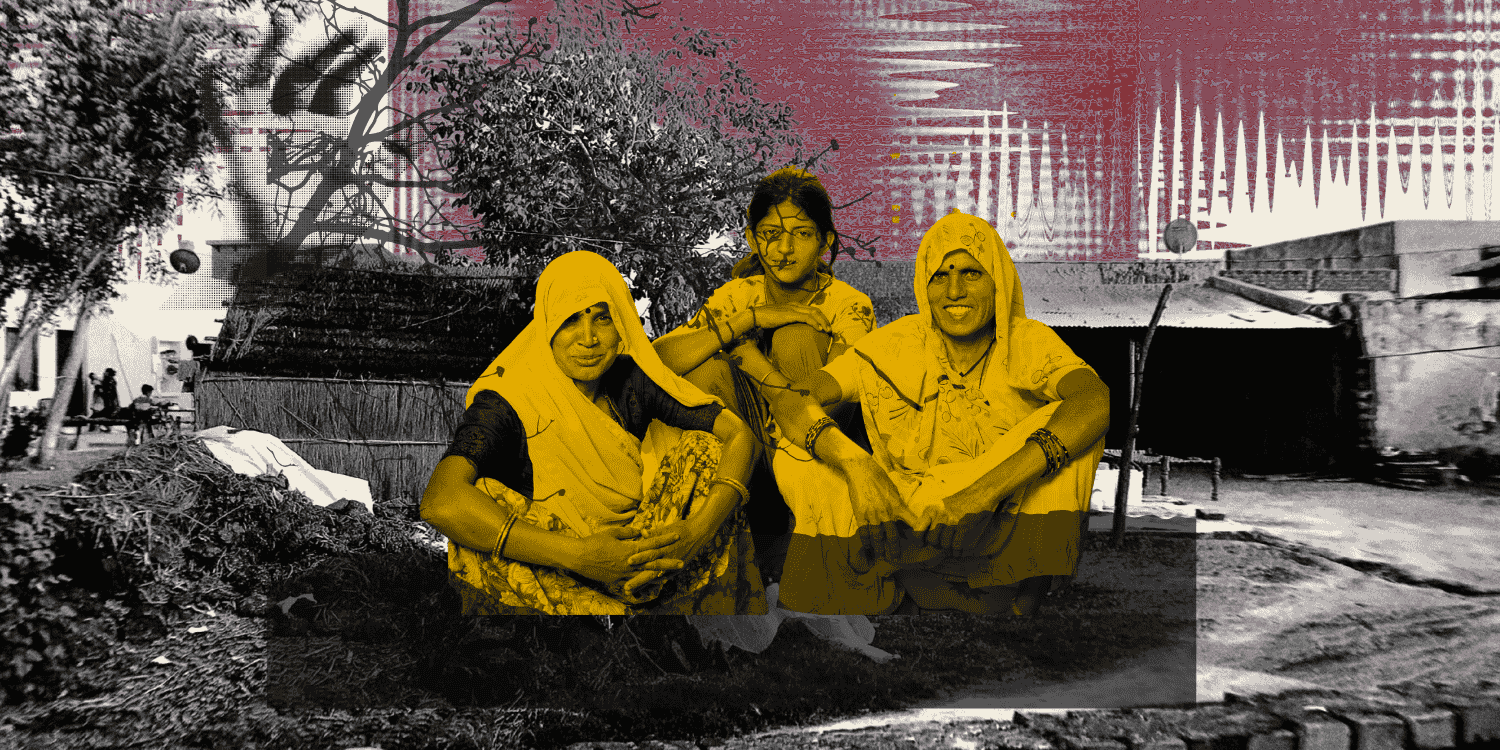ABSTRACT
its history, is a unique case study in this context. Unlike the old view of India being a land of thousands of self-sufficient villages with low spatial mobility, most famously posited by Kingsley Davis (1951), available data shows that Indians are highly mobile (Tumbe 2018: 2). In fact, as per the 2011 Census, one in three Indians is a migrant. The share of migrants in India’s population has increased substantially over the last three decades, as captured in the respective censuses (27.6% in 1991, 30.5% in 2001, and 37.6% in 2011) coinciding with the rapid urbanisation the country has witnessed during that time frame. As per the Census 2011 numbers, 34.8% of total migrants could be classified as migrating into urban areas, thus being a key driving force behind urbanisation. Hence, understanding how Indians move across the country’s vast geography is crucial to make sense of the process of urbanisation and its various challenges. Additionally, analysing trends in migration is essential to inform urban planning and government policies that are aimed at addressing issues of urban India.
There are two principal ways in which data on migration is collected by the Indian government – Census and NSSO surveys. The most recent NSSO data comes from the agency’s 64th round survey conducted in 2007-08 which is on the status of employment in the country. As per the NSSO methodology, anyone who is enumerated at a place different from their usual place of residence (UPR)1 is considered a migrant.




